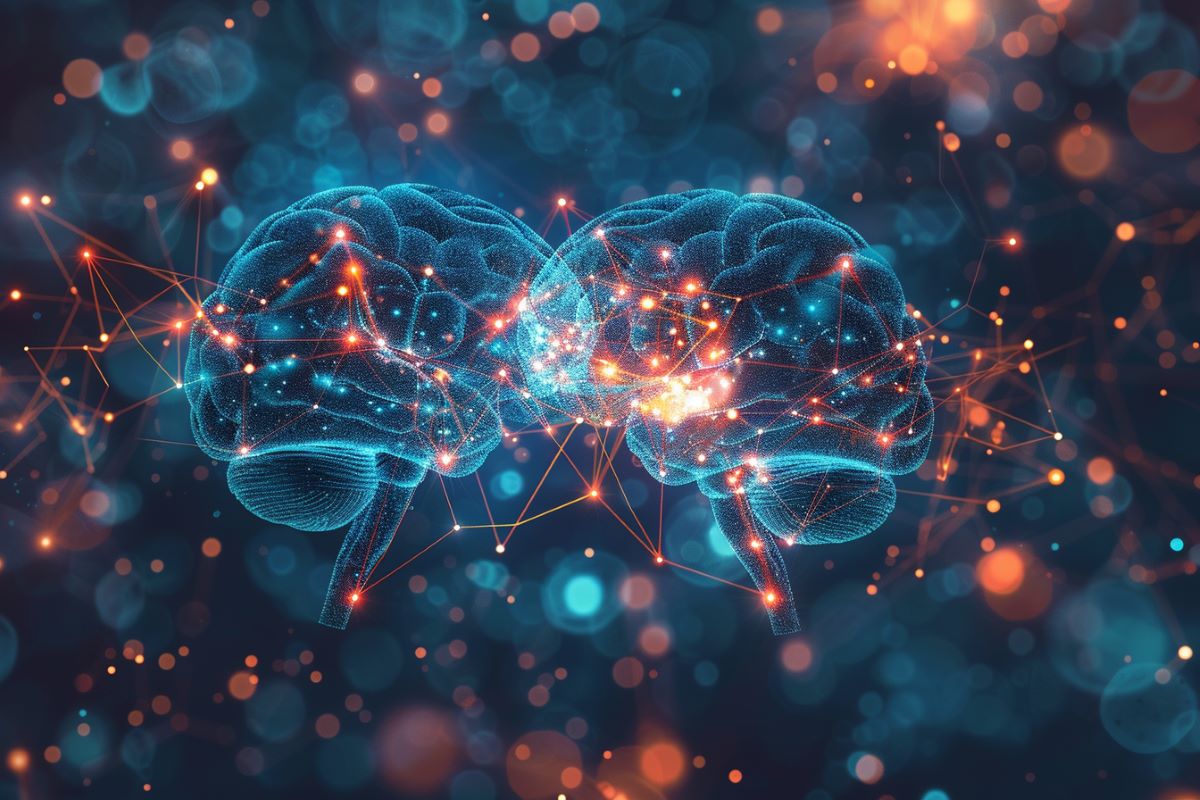Summary: A new study reveals how our brains remember the faces of caregivers and loved ones. Researchers discovered that the same brain mechanism used to remember the value of objects is also involved in associating faces with familiarity and social bonds.
This finding sheds light on the neural basis of social relationships and may have implications for understanding and treating disorders like Parkinson’s disease.
Key Facts:
- The tail part of the striatum, a region in the basal ganglia, plays a crucial role in associating faces with familiarity.
- This mechanism is similar to how the brain remembers the value of objects.
- The findings may aid in understanding and treating disorders caused by damage to the basal ganglia.
Source: University of Tsukuba
People experience a sense of familiarity from those who provide them with food and care on a daily basis. For children and pets, remembering the faces of such individuals is crucial for survival.
The basal ganglia, specifically the striatum tail, located in the deep region of the brain, plays a critical role in associating objects with their value through long-term experience.
However, insight into how this mechanism operates in complex social situations, such as daily life, which is different from laboratory environments, remains unclear.
In this study, published in iScience, researchers from the University of Tsukuba presented monkeys with images of familiar and unfamiliar faces and recorded the neural activity from the tail part of the striatum.
The neuronal mechanism used for storing the faces of familiar individuals in the brain was found to be the same as that used for remembering the value of objects.
The researchers showed the monkeys photographs of people who had cared for them daily for over a year as well as photographs of strangers, and recorded the neural activity from the tail part of the striatum.
The caudate nucleus responded strongly to familiar faces but weakly to unfamiliar ones. Moreover, the same neurons responded similarly to the varying values of objects. Considering that these neurons are also involved in rapid identification of valuable objects, they may be important in enabling children and pets to quickly identify familiar individuals.
These findings elucidate the mechanisms through which the brain forms and maintains social relationships. They are also useful in understanding and treating disorders caused by damage to the basal ganglia, including the tail part of the striatum, such as Parkinson’s disease.
About this social bonding and facial recognition research news
Author: Jun Kunimatsu
Source: University of Tsukuba
Contact: Jun Kunimatsu – University of Tsukuba
Image: The image is credited to Neuroscience News
Original Research: Open access.
“Neuronal response of the primate striatum tail to face of socially familiar persons” by Jun Kunimatsu et al. iScience
Abstract
Neuronal response of the primate striatum tail to face of socially familiar persons
Highlights
- Neurons in the striatum tail strongly respond to socially familiar faces
- The face-responsive neurons in the striatum tail encode long-term object value
- Strength of social familiarity and object value coding are positively correlated
- Social familiarity and object value information may be mediated by a common mechanism
Summary
Recent studies have suggested that the basal ganglia, the center of stimulus-reward associative learning, are involved in social behavior. However, the role of the basal ganglia in social information processing remains unclear.
Here, we demonstrate that the striatum tail (STRt) in macaque monkeys, which is sensitive to visual objects with long-term reward history (i.e., stable object value), is also sensitive to socially familiar persons.
Many STRt neurons responded to face images of persons, especially those who took daily care of the subject monkeys.
These face-responsive neurons also encoded stable object value. The strength of the neuronal modulation of social familiarity and stable object value biases were positively correlated.
These results suggest that both social familiarity and stable object value information are mediated by a common neuronal mechanism.
Thus, the representation of social information is linked to reward information in the STRt, not in the dedicated social information circuit.

Dr. Debi Johnson is a medical expert and health journalist dedicated to promoting well-being. With a background in medicine, she offers evidence-based insights into health trends and wellness practices. Beyond her reporting, Dr. Debi enjoys hiking, yoga, and empowering others to lead healthier lives.







